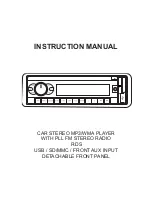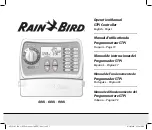
Spatial FOG Reference Manual
Page 50 of 144
Version 2.3
03/05/2018
For more information on using Kinematica, please see the Kinematica Reference
Manual available for download from the Advanced Navigation website.
10.14 RAIM
RAIM stands for receiver autonomous integrity monitoring. It allows a GNSS receiver to
detect and exclude both faulty and fraudulent satellite signals. Spatial FOG's internal
GNSS is equipped with RAIM and it is enabled by default.
10.15 Heave
Spatial FOG can provide vertical heave position at four diferent points on a ship.
Spatial FOG's heave filter is always on and fully automatic. After power on, Spatial FOG
requires approximately 5 minutes for it's heave filter to converge upon an accurate
solution. Heave works without a GNSS fix, however best heave performance is
achieved when Spatial FOG has a GNSS fix.
By default Spatial FOG provides heave from the point at which the Spatial FOG unit is
mounted, however it can provide heave at four diferent ofset points on the ship. To
set the heave ofsets, either use the heave configuration dialogue in Spatial FOG
Manager, see section 11.8.9.
10.16 Environmental Exposure
Whilst Spatial FOG is environmentally protected, there are clearly defined limits to this
protection that must be adhered to for reliable operation.
Spatial FOG is only protected when it's connector is mated and an IP67 SMA GNSS
antenna is attached. When any of these connections are not made the unit ofers no
environmental protection.
Illustration 28: Spatial Dual post processing configuration
Содержание Spatial FOG Dual
Страница 1: ...Spatial FOG Reference Manual ...
















































